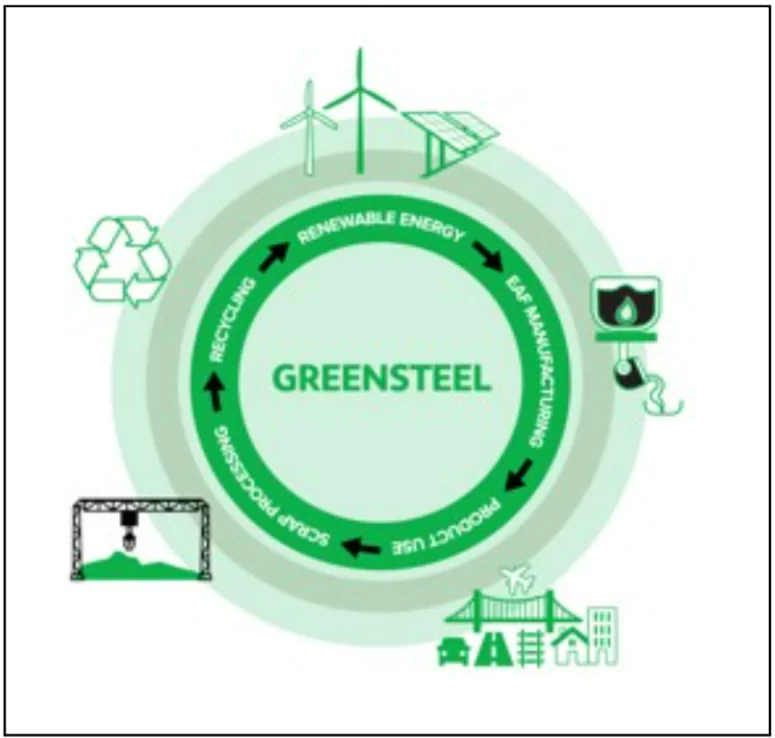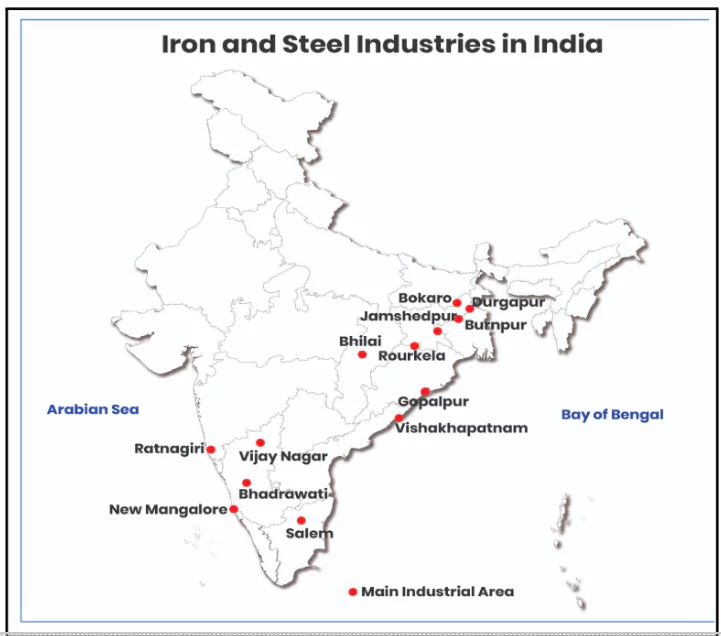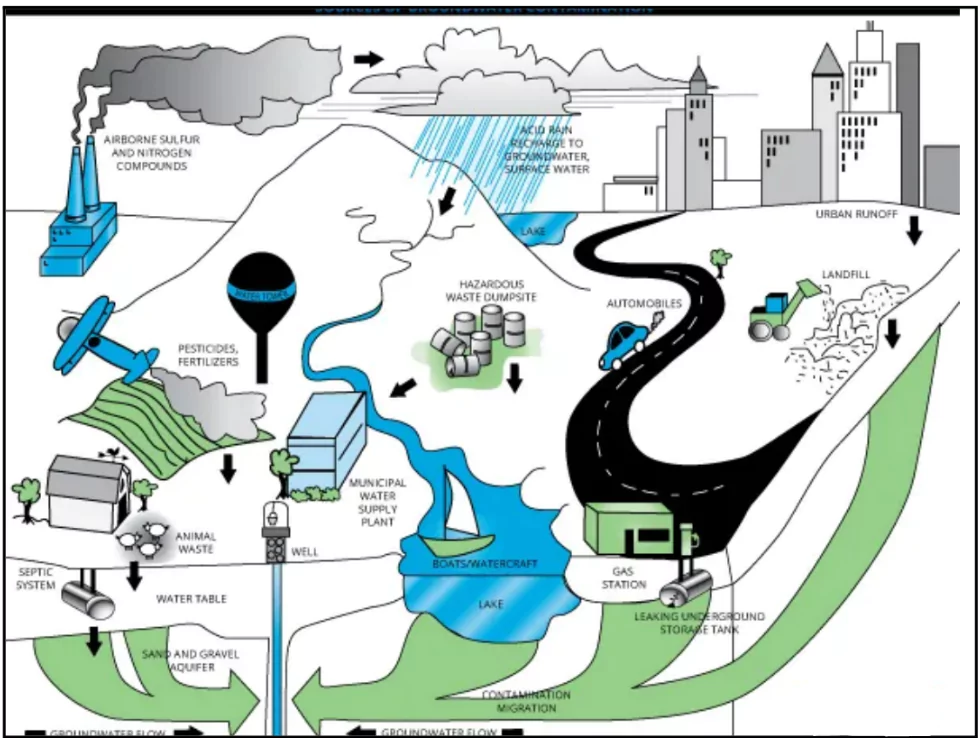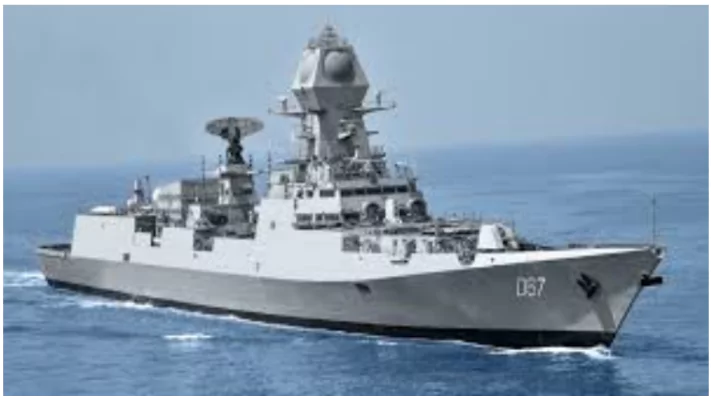The competitive disruptions of Parliament by both the Opposition and the Treasury benches, made the recently-concluded winter session of the legislature a travesty.
About Treasury Bench:
|
|---|
Revival of parliamentary dignity and deliberative practices is essential to restore its role as the cornerstone of democracy. Mutual trust, enforcement of rules, and public accountability are crucial for reversing the decline.
Recently, The Union Cabinet chaired by the Prime Minister approved continuation of the Pradhan Mantri Fasal Bima Yojana and Restructured Weather Based Crop Insurance Scheme till 2025-26 with an overall outlay of Rs.69,515.71 Crore from 2021-22 to 2025-26.
| Aspect | RWBCIS | PMFBY |
| Basis of Claims | Weather parameters as proxies for crop yields. | Yield-based, relying on Crop Cutting Experiments (CCEs). |
| Claim Settlement Speed | Faster claim settlements due to real-time weather data. | Delays in payouts due to dependence on CCEs and verification processes. |
| Coverage | Weather-specific risks like rainfall, temperature, and humidity. | Comprehensive coverage, including pests, diseases, and post-harvest losses. |
| Risk Focus | Focuses on weather variability and its impact on crops. | Covers broader agricultural risks, including yield and external damages. |
| Targeted Needs | Suitable for farmers facing frequent weather fluctuations. | Suitable for farmers needing broader risk protection across crop cycles. |
The Global Trade Research Initiative (GTRI) has highlighted opportunities and challenges for India under World Bank’s Business Ready (B-READY) framework that benchmarks business environments globally.

Global Trade Research Initiative (GTRI)
|
|---|
By addressing these challenges with a focus on both global best practices and local reforms, India can strengthen its position in the B-READY framework and create a more conducive environment for businesses.
The Ministry of Steel is developing the ‘Green Steel Mission’ to decarbonize the steel industry and support India’s net-zero emission goals.
About Green Steel
|
|---|


The Green Steel Mission exemplifies India’s commitment to sustainable development by addressing the steel sector’s environmental challenges. Through innovative technologies, renewable energy adoption, and targeted incentives, it seeks to decarbonize the industry and align with net-zero goals. While challenges like higher costs persist, the mission lays a strong foundation for a greener, globally competitive steel sector.
Following the death of former PM Manmohan Singh, the government declared seven days of state mourning, from December 26 to January 1.
The famous Tigress originally translocated to Similipal Tiger Reserve (STR) from Maharashtra’s Tadoba-Andhari Tiger Reserve, was relocated back to Odisha.
Genetic Pool and its role
|
|---|
About Similipal Tiger Reserve (STR)
|
|---|
As of 2023, 440 districts in India have excessive nitrates in their groundwater, compared to 359 districts in 2017, as reported by the Central Groundwater Board (CGWB) on January 1, 2025.

| Type of Contaminant | Sources | Health Impact |
| Nitrates | Overuse of subsidised synthetic nitrogen fertilizers in agriculture |
|
| Arsenic |
|
|
| Fluoride |
|
|
| Uranium |
|
|
| Radon |
|
|
The special subsidy of ₹3,500 per tonne on Di-Ammonium Phosphate (DAP), originally set to end on December 31, 2024, has been extended until December 31, 2025.
Diammonium phosphate (DAP)
|
|---|
The Indian Navy commissioned three frontline platforms into service at the Naval Dockyard, Mumbai recently.
 Built By: The submarine is entirely built by the Indian shipyard Mazagon Dock Shipbuilders Limited (MDL) through technology transfer and partnership with France’s Naval Group.
Built By: The submarine is entirely built by the Indian shipyard Mazagon Dock Shipbuilders Limited (MDL) through technology transfer and partnership with France’s Naval Group.
 Built by: The ship is built by the Indian shipyard Mazagon Dock Shipbuilders Limited (MDL) and is designed indigenously by the Indian Navy’s Warship Design Bureau
Built by: The ship is built by the Indian shipyard Mazagon Dock Shipbuilders Limited (MDL) and is designed indigenously by the Indian Navy’s Warship Design Bureau Predecessors: INS Visakhapatnam (commissioned in 2021), INS Mormugao (2022) and INS Imphal (2023)
Predecessors: INS Visakhapatnam (commissioned in 2021), INS Mormugao (2022) and INS Imphal (2023)
Project 15B
Project 75
Project 17A
|
|---|
Air Independent Propulsion
|
|---|
The Unified District Information System for Education Plus (UDISE+) report has been released by the Ministry of Education (MoE) recently.
The Unified District Information System for Education Plus (UDISE+)
|
|---|
Context: The number of tropical cyclones each year has stayed consistent over the past 40 years, but their intensity has increased, as confirmed by international databases.
Context: A rise in criminal activities has prompted the declaration of a state of emergency in Trinidad and Tobago.
Context: T.M. Krishna was honored with the prestigious Sangita Kalanidhi 2024 title at the 98th Annual Conference and Concerts organized by The Music Academy in Chennai.
Context: Scientists found that the dark markings on a species of fluffy ‘Ultra-Black’ Wasp reflected less than 1 percent of light.
<div class="new-fform">
</div>